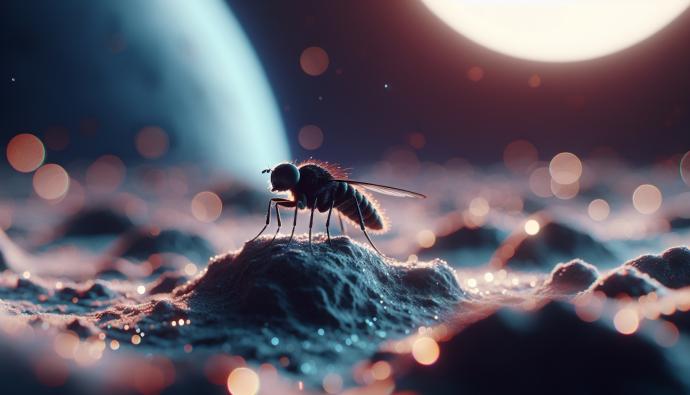PRECISION AGRICULTURE: SANT’ANNA SCHOOL TECIP INSTITUTE RESEARCH TEAM DEVELOPS NOVEL PHOTONICS-BASED RADAR-LIDAR COMBINED SENSOR TO INCREASE CROP YIELD AND REDUCE WASTE PURSUANT TO MOST RECENT FAO GUIDANCE

The research team led by Antonella Bogoni, professor of telecommunications at the Sant’Anna School TeCIP Institute (Communications, Information and Perception Technologies), emphasizes the importance of the project PHOOD: a Novel Photonics-based RADAR/LIDAR combined coherent sensor for advanced precision agriculture to monitor crop yield and sustainable production across years.
The PHOOD project has received funding from the Italian Ministry of Education and University under the PRIN 2015 initiative to develop a new combined RADAR-LIDAR sensing system specifically designed for precision agriculture (PA) by Professor Antonella Bogoni, who leads the Digital and Microwave Photonics area and the Inphotec Foundation.
The Bogoni Team has collaborated with the Inphotec Foundation and the researchers of the Sant’Anna School Institute of Life Sciences, the University of Milano, the Institute for the Electromagnetic Sensing of the Environment IREA - CNR Napoli and the National Laboratory of Photonics Networks and Technologies of the National Inter-university Consortium for Telecommunications (CNIT) for the development and testing of Radar-Lidar combined sensors to achieve a high-resolution farm-level imagery combining the advantages of both sensors on a single photonic chip. In providing new tools to be applied to agricultural data from Radar and Lidar (obtained by illuminating the target with light or electromagnetic waves and measuring the reflection), sensors are used to detect position, distance, speed, shape and behavior of targets – crops and soil to get information on irrigation or fertilizers in the farm management cycle.
The PHOOD project research team designed and developed this combined RADAR-LIDAR system to exploit its innovative features, as frequency agility, coherence, and multi-frequency operation, for an enhanced, adaptable and multi-feature observation of crop and soil enabling insights on new parameters in almost all situations (soil structure, canopy density, products load, and disease presence) for key advances of PA approach. The use of advanced and combined sensor technologies allows optimization on planting density and improved application rate efficiency of herbicides, pesticides and nutrients, resulting in cost reduction and reducing environmental impact.
The Phood implementation on a photonic chip with millimeter dimension, concurs to reduce the footprint, the power consumption and the cost contributing to global efforts and commitment towards the FAO agriculture sustainable strategy and development goals. In particular, by combining both sensors in one chip, the PHOOD project facilitates the use of small drones with a great potential to support massive specialized real-time quality analysis.



